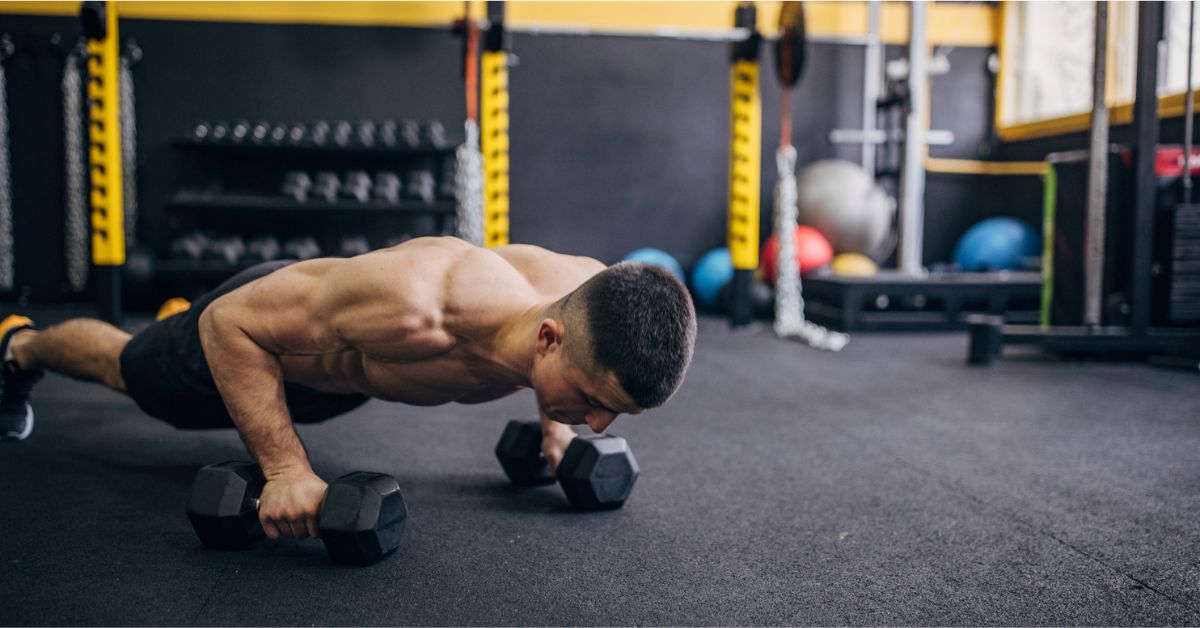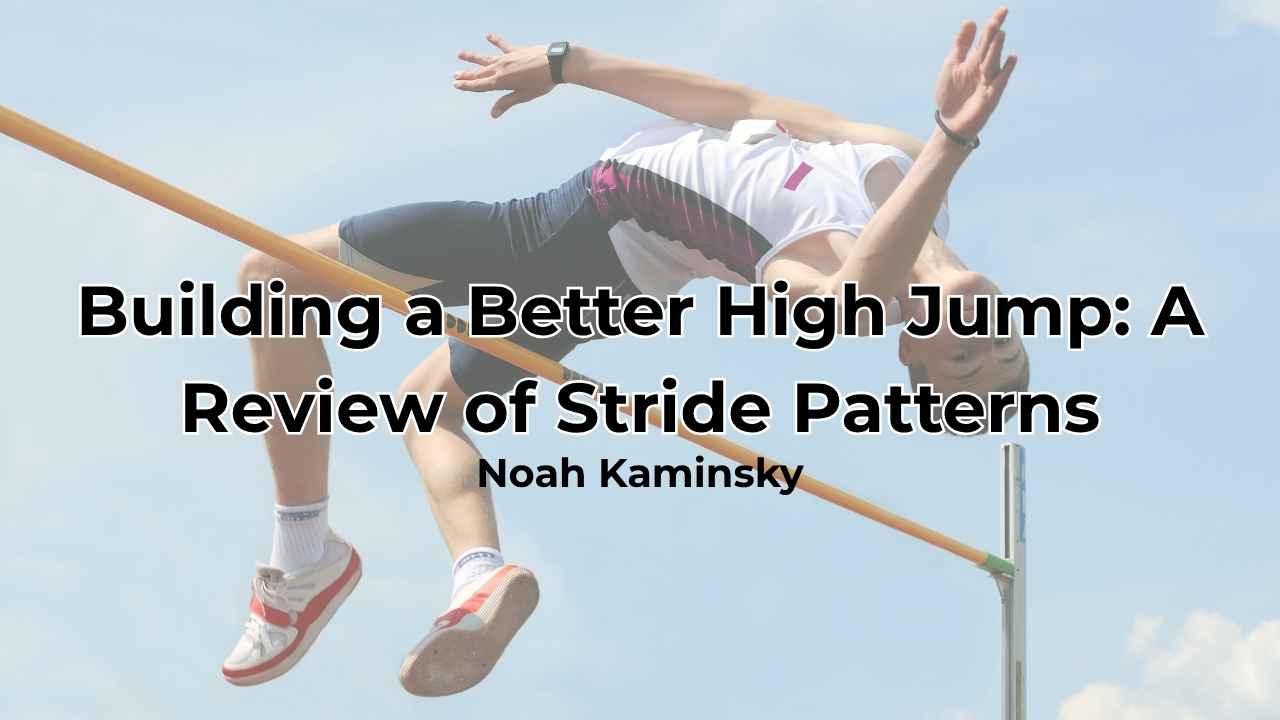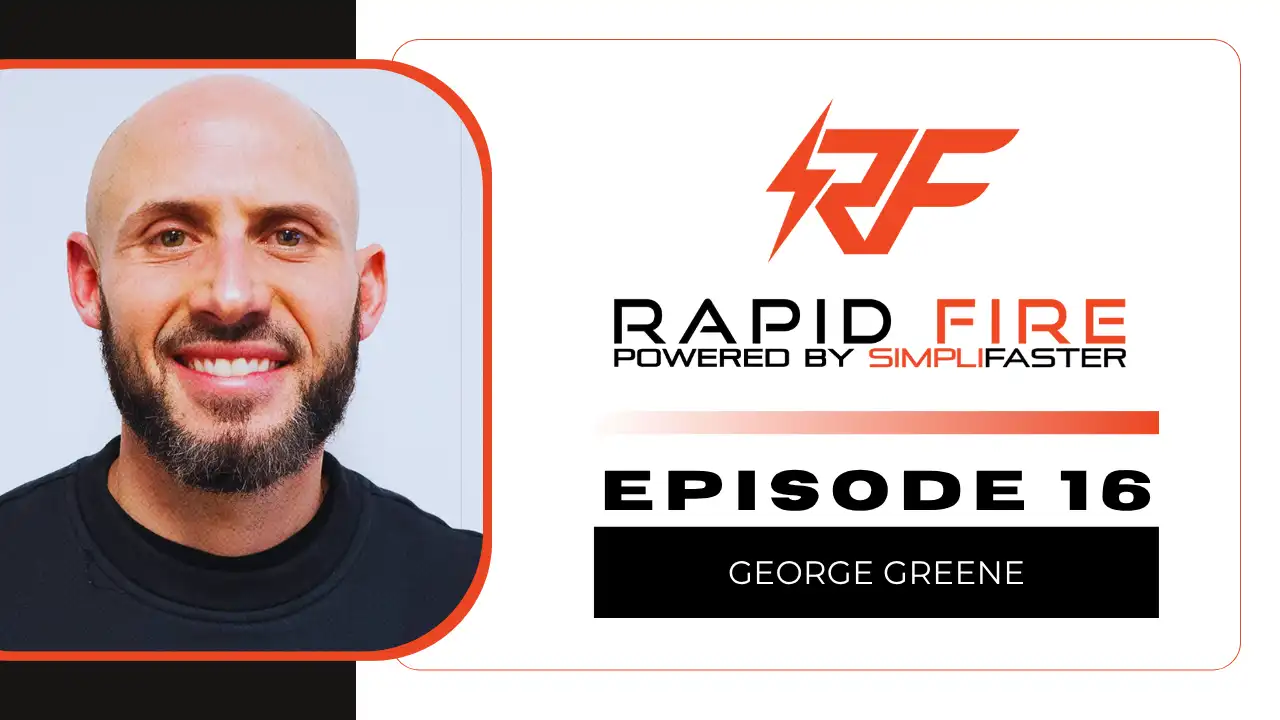When I say “strength training” or “lifting weights,” what first comes to mind?
Is it an elite-level athlete performing an Isometric Mid-Thigh Pull to see how much force they can produce? Is it an athlete executing a Turkish Get-Up to perfection as a part of their rehabilitation process?
No, of course not. You’re probably picturing some dude smashing bench press or cranking out heavy squats to a playlist of death metal.
I literally typed those two phrases into Google and here were the first two images that popped up.
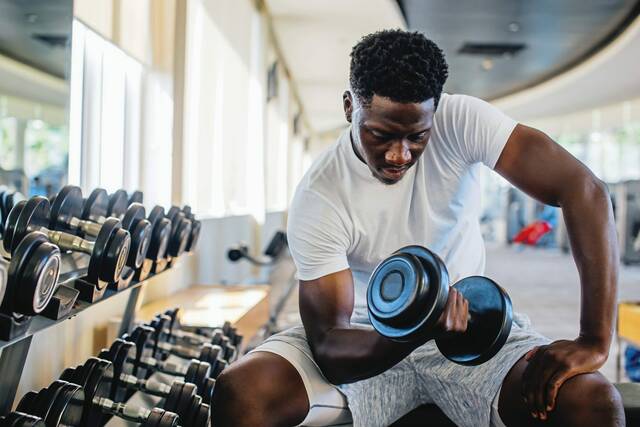
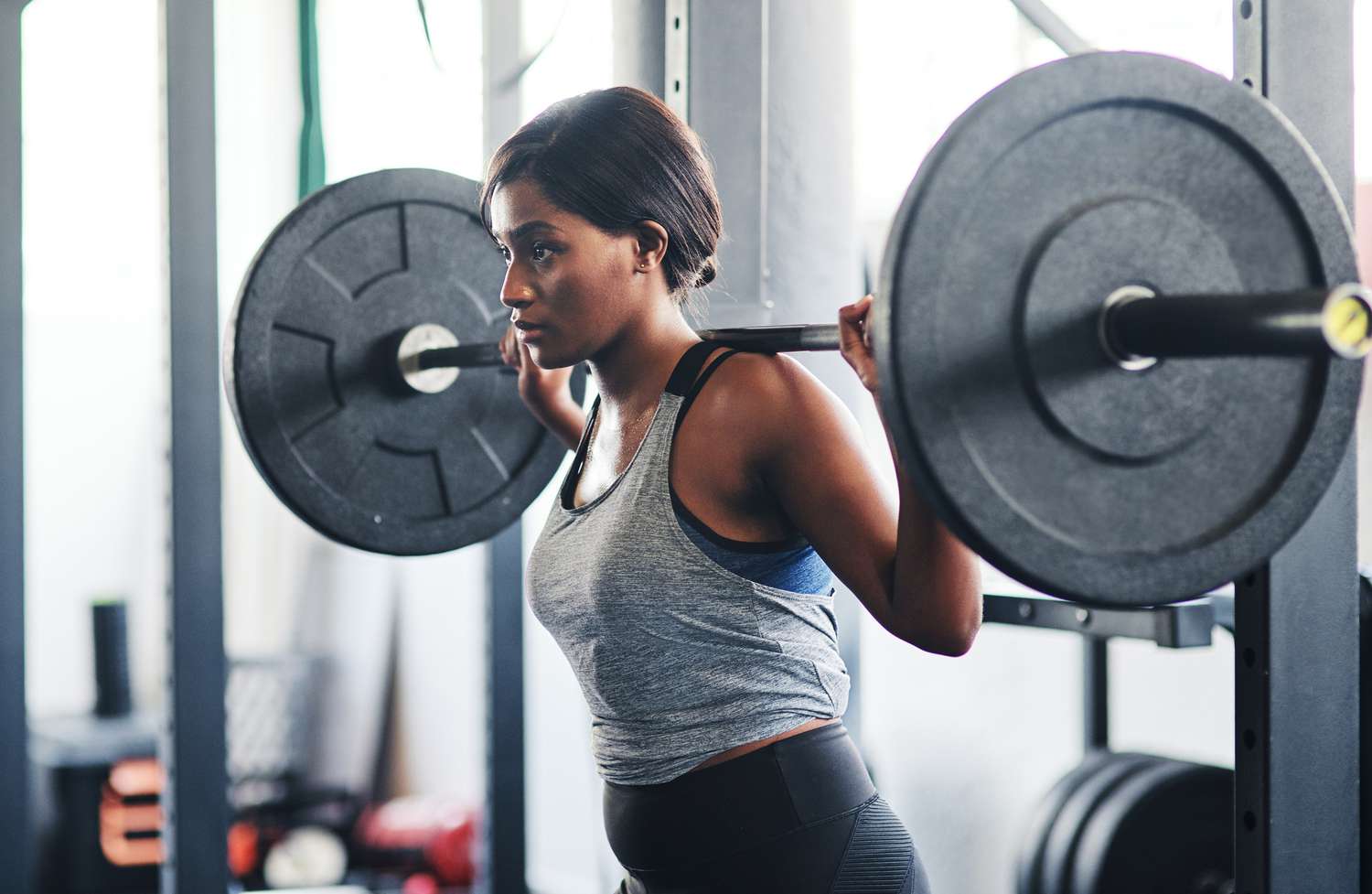
Image 1. Stereotypical “strength training” which don’t necessarily have anything to do with sports performance, but often muscle building instead (images licensed from iStock).
What am I getting at here?
More often than not, the idea of strength training or lifting weights brings up images of heavy lifts and growing muscles. Is that a bad thing? Not necessarily. But what if you are a high-performing athlete, should those be your goals with strength training (to go heavy and get bigger)?
I would still argue an emphatic “yes.” Regardless of the sport you play or compete in, strength training should be a part of your routine from a performance and injury reduction standpoint, but I also think there is merit to adding some beef to the frame. Let’s dive in.
Regardless of the sport you play or compete in, strength training should be a part of your routine from a performance and injury reduction standpoint, but I also think there is merit to adding some beef to the frame, says @chergott94. Share on XA Matter of Physics
“Mass is gas” is a common phase, especially in the baseball community. In the weight room, you may have heard “mass moves mass.” Yes, these are both true from a physics standpoint. Baseball pitchers that are bigger/heavier typically throw harder and the bigger athlete will most likely lift more weight (Werner et al., 2008). It’s just physics (i.e., momentum).
But what if you play soccer and you run around a pitch for 90 minutes? Or maybe you are a cross-country runner doing 5-10 km races? Is adding mass important then too?
Yes (within reason).
You see, many athletes who run long distances over long periods of time are fearful of adding mass—or their coaches are—because the heavier you are, the more weight you need to carry over that distance. Which, then, leads to:
- The fear of being slower, because typically heavier things don’t move as fast as light ones.
- The fear of getting fatigued faster, because carrying more weight is typically more taxing.
However, from my standpoint, adding lean mass (muscle tissue) can be performance enhancing for any and all athletes, not just those directly involved in physically harming other players (i.e., contact sports like American football, rugby, ice hockey, etc.). While it might seem obvious for those athletes to add muscle so they are better able to exert their will over their opponents, there are a few reasons why strength training for size can help all athletes.
1. Stability & Support (Injury Reduction Lens)
From an injury reduction viewpoint, one of the main reasons you would want to add more muscle mass to your frame is for stability and support. Your body is held together by bones, ligaments, muscles and tendons—those are what support you and move you. The larger and stronger they are, the more stability you will have.
I like to think if this like building a bridge—if you build a bridge with only a few supports, then it is more likely to wobble and possibly even collapse. On the other hand, if you build that same bridge with more and wider supports, then the bridge will be more likely to handle weight and force without damage. Same goes for your body. If you have more muscles to support your bones and joints, that gives you a stronger foundation to move your body from the forces being placed upon it and resist those forces (Gouveia et al., 2020).
When you look at sports in which the athletes are more fearful of gaining mass—as we discussed before, runners and soccer players—they typically have less muscle mass to start with and are more elastic/tendon driven. They could highly benefit from more muscle, because their sports still expose them to high forces—consequently, if their tendons keep progressing in their development and these athletes can produce even more force with their tendons, those forces might be more than their muscles can handle and potentially lead to injuries or a decrease in performance. So, more muscle just gives these elastic athletes the balance they need to keep producing high forces (and even higher forces) without increasing injury risk
More muscle gives elastic athletes the balance they need to keep producing high forces (and even higher forces) without increasing injury risk, says @chergott94. Share on XRegardless of your sport (cross-country, basketball, etc.), your body must withstand substantial forces in the course of running and jumping, so having more tissue to support you is a good thing!

Image 2. Most sports involve producing explosive force to get up off the ground or move fast!
2. Force Production (Performance Lens)
At the end of the day, most athletes train to get better at their sport. So how will increasing muscle mass do that? The more muscle mass you have (termed cross-sectional area or CSA), the more potential you have to produce force (Bruce et al., 1997). To put simply, the bigger your muscle, the stronger and more powerful it is.
Think of it like a cup. The size of the cup is the size of your muscle and the liquid you put in is your force production capability. If I get a bigger cup, I can put more liquid in. The more muscle you have, the more force production capacity you have as you have more muscle fibers to be used to create the movement; and, then, the more muscle fibers used, the greater the force can become.
But why, then, are some athletes who are smaller able to be stronger than bigger ones? Well, just because you have a big cup, that doesn’t mean the cup is full.
Meaning, a smaller athlete (smaller cup) could have theirs full to the brim, whereas a bigger athlete (bigger cup) could have theirs almost empty. The bigger athlete does have considerably more potential to be stronger and the smaller athlete will likely need to spend time building their cup to keep getting stronger over the long-term; but, you can’t judge an athlete by their size. A smaller athlete could have spent more time doing strength training than their larger teammate, so even though they appear smaller (have a smaller cup), their nervous system and muscles are able to produce more force because they have trained them to do so. Meanwhile their teammate who appears bigger cannot produce as much force, because they have not trained to do so.
It isn’t always about the size of the cup—you gotta know what’s in it!
So, a bigger cup gives you more force production potential…which, helps me how?
Regardless of the field of play, almost all sports—and especially speed and power or contact ones—come down to an ability to impart force (Cleather, 2021). Whether that is force into an opponent like in rugby, force into an object like in volleyball, or force into the ground to move your own body like in any running activity, the more force you apply, the faster that object/body will move.
Whether it’s force into an opponent like in rugby, force into an object like in volleyball, or force into the ground to move your own body like in any running activity, the more force you apply, the faster that object/body will move. Share on XSo, once again, adding lean muscle mass can enhance the size of your cup—and if you fill it with the right things, you can for sure increase your sports performance.
There are some caveats, of course. We have all seen huge bodybuilders or powerlifters who have loads of muscle, but would not make good speed and power athletes (i.e., hockey, soccer), because they have more muscle size than they do force-producing capability. There is a point of diminishing returns, where you simply cannot produce more force at the speeds you need to improve your sport performance. If you look at the Force-Velocity Curve, the more force you need to produce, the slower that happens. While being big is fun, that means you need to produce even more force—which often comes at the expense of your speed (sorry!)
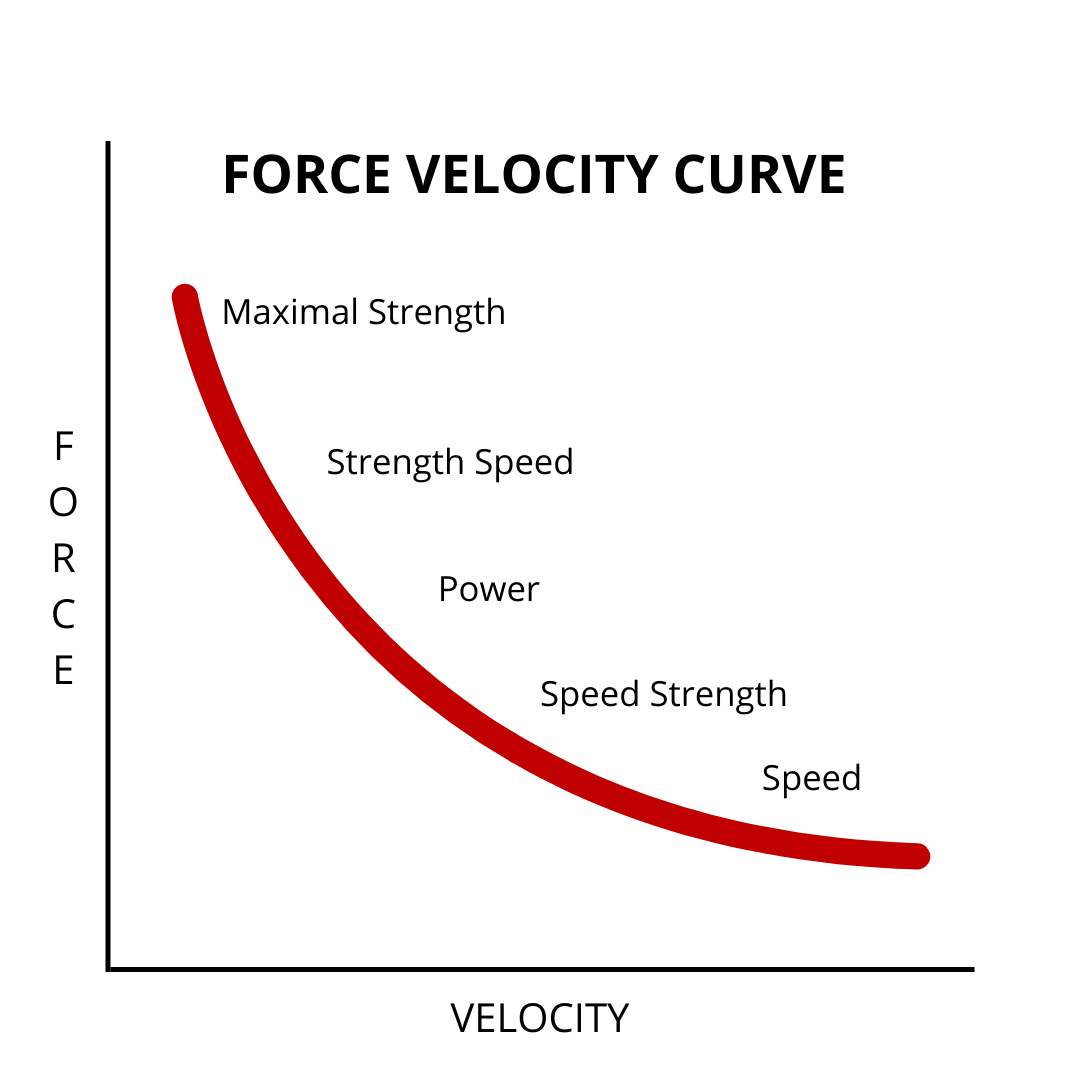
Image 3. The more force you need to produce (i.e., the heavier the load), the slower that movement will be. The lighter the load you need to overcome, the faster that force can be produced and the faster the object can be moved.
3. Aesthetics (Ego Lens)
Last but not least, there is the internal (or ego-based) perspective on adding muscle mass—you just look better and/or more athletic. Very few people complain about the way they look when they can see their muscles moving or veins popping. Yes, there are exceptions—especially among female athletes. They can have stereotype-based reservations about adding muscle because they do not want to look like bodybuilders; which, again, is what often comes to mind when people first think of strength training. However, most female athletes I’ve trained say that they want to “look strong” or “be toned,” which comes from adding some muscle to their frames. Whether they say they want to get “toned/jacked/shredded/juiced” they all mean the same thing—”I want to see my muscles.”
The best way to do that? Grow them (as well as shed some body fat, of course).
How is this helpful for athletes? Psychologically. If you feel like you look better, you will feel like you can perform better. Sports are all about confidence: if you think you can, you can. If you think you won’t, you won’t (usually).
If you feel like you look better, you will feel like you can perform better. Sports are all about confidence: if you think you can, you can. If you think you won’t, you won’t, says @chergott94. Share on XSo, adding some extra lean mass to your frame will not only help reduce injuries by supporting your structure and help you produce more force, but it will also give you the confidence to win the race or beat your opponent simply because:
- You believe in yourself.
- Like the way you look and know that your appearance is due to hard work.
- Believe all that hard work is about to pay off!
Caveats
Is there such thing as having “too much muscle” or being “too bulky”?
Yes, absolutely. However…I have yet to meet an athlete at the university level that fits that description. Why? Well, if you think of someone being “too bulky,” you are most likely thinking of a bodybuilder who is on some form of muscle enhancement, which is causing the added growth.
Secondly, if you train “functionally” (whatever that means to you) by training multi-joint movements using primarily free weights and eating a healthy diet with lots of protein, then you will put muscle on in the right areas to help performance and it will be in small enough amounts that it won’t negatively affect you.
After all, the body can’t put on THAT much muscle that quickly. As long as you train through full ranges of motion, do some proper mobility/corrective work, and keep playing/training for your sport, adding a few pounds to your frame won’t leave you high and dry, but sleek and fast!
So go lift and grow, grow, grow!
Peace. Gains.
References
Bruce, S.A., Phillips, S.K. and Woledge, R.C. (1997) ‘Interpreting the relation between force and cross-sectional area in human muscle’, Medicine & Science in Sports & Exercise, 29(5), pp. 677–683.
Cleather, D. (2021). FORCE: The Biomechanics of Training; Independently Published.
Gouveia, É.R. et al. (2020) ‘Muscle mass and muscle strength relationships to balance: The role of age and physical activity’, Journal of Aging and Physical Activity, 28(2), pp. 262–268.
Werner, S.L. et al. (2008) ‘Relationships between ball velocity and throwing mechanics in collegiate baseball pitchers’, Journal of Shoulder and Elbow Surgery, 17(6), pp. 905–908.

